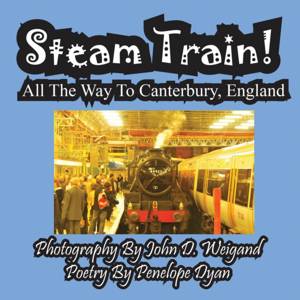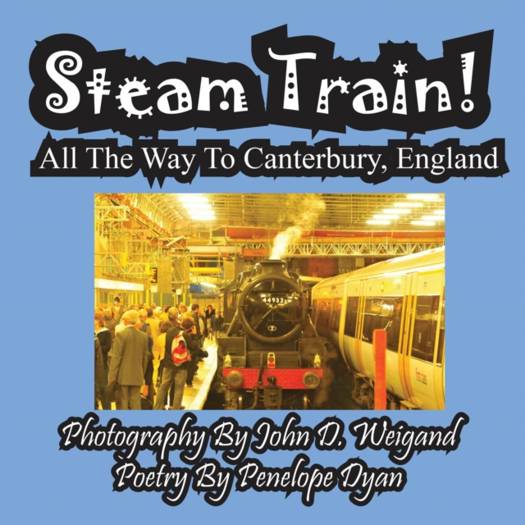
- Retrait gratuit dans votre magasin Club
- 7.000.000 titres dans notre catalogue
- Payer en toute sécurité
- Toujours un magasin près de chez vous
- Retrait gratuit dans votre magasin Club
- 7.000.0000 titres dans notre catalogue
- Payer en toute sécurité
- Toujours un magasin près de chez vous
12,95 €
+ 25 points
Description
A steam train is a train that is pulled by a head locomotive that produces power through a steam engine. The purpose of a steam train was to pull freight cars and passenger coaches along railroad tracks. All the Steam locomotives are fueled by coal, wood or oil. The fuel is burned to produce steam in a boiler, and this is what drives the steam engine so that it can pull the train cars. Fuel and water supplies are also carried on the train. Beginning in Britain, steam locomotives dominated railway transportation from the start of the 19th century, until the middle of the 20th century. They were gradually improved and developed in their over 150 years of use. Starting in about 1930, other types of engines were developed, and steam locomotives were gradually superseded by the diesel and electric locomotives. So what this means is that they basically stopped using them in favor of more modern means of transport, including the more modern trains. A very fun thing to do when you are in England is to see if you can take a trip on a steam train, because you will be sitting and traveling in a real piece of something that came right from the history books! Try to imagine all the people who might have sat right here you are sitting. Write a story about it. Take some pictures, and put your tickets in this book and make it your very own. See if you can see some of the things Penelope Dyan and John D. Weigand saw when they conceived this book! Written by the award winning writer, attorney, and former K-12 teacher, Penelope Dyan, and accompanied by the always wonderful photographs of professional photographer and videographer, John D. Weigand, even if you don't get a chance to ride this train, you can still get a bird's eye view of it through the words and photos in this book!
Spécifications
Parties prenantes
- Auteur(s) :
- Editeur:
Contenu
- Nombre de pages :
- 40
- Langue:
- Anglais
Caractéristiques
- EAN:
- 9781935630753
- Date de parution :
- 31-03-11
- Format:
- Livre broché
- Format numérique:
- Trade paperback (VS)
- Dimensions :
- 216 mm x 216 mm
- Poids :
- 90 g

Les avis
Nous publions uniquement les avis qui respectent les conditions requises. Consultez nos conditions pour les avis.






